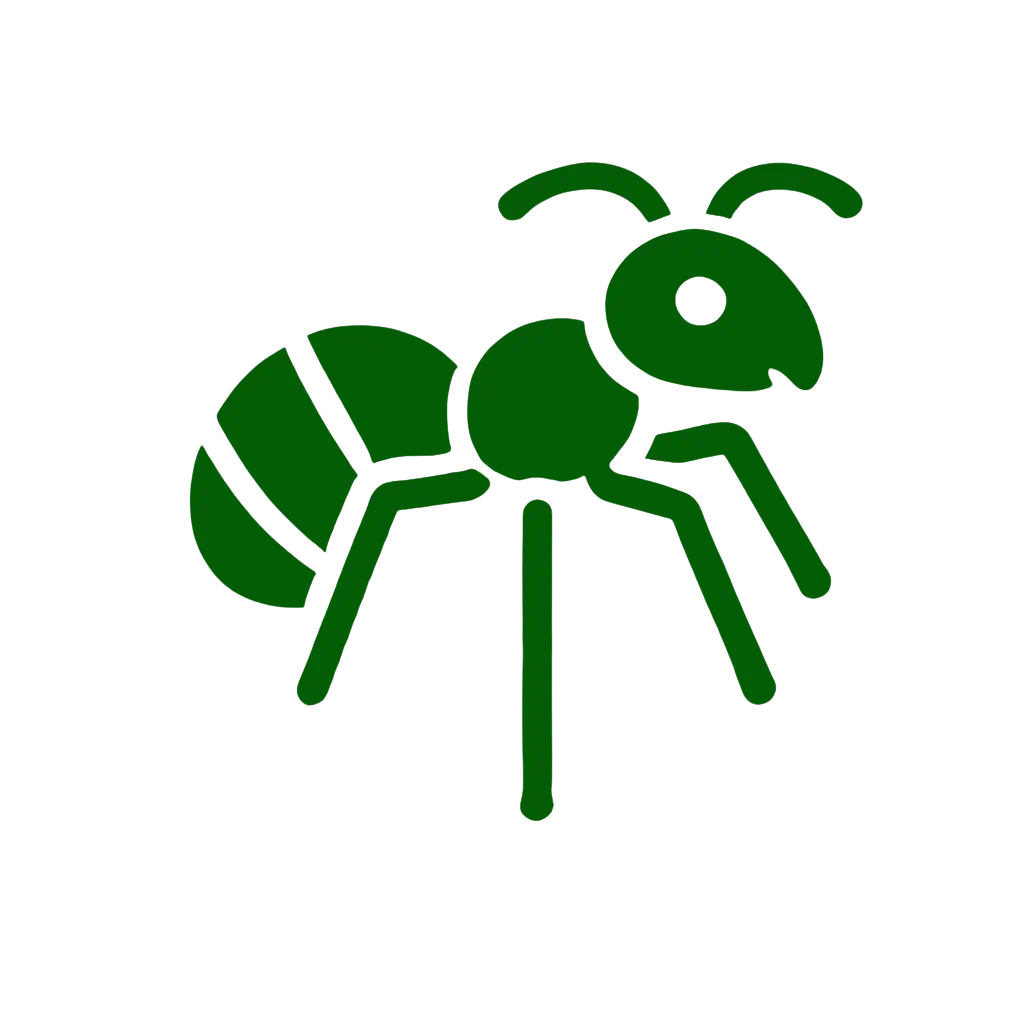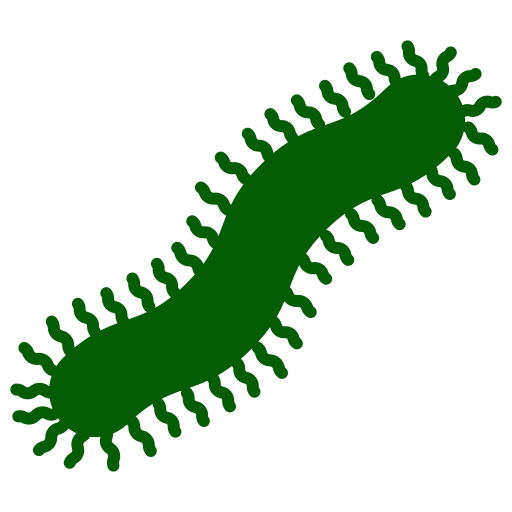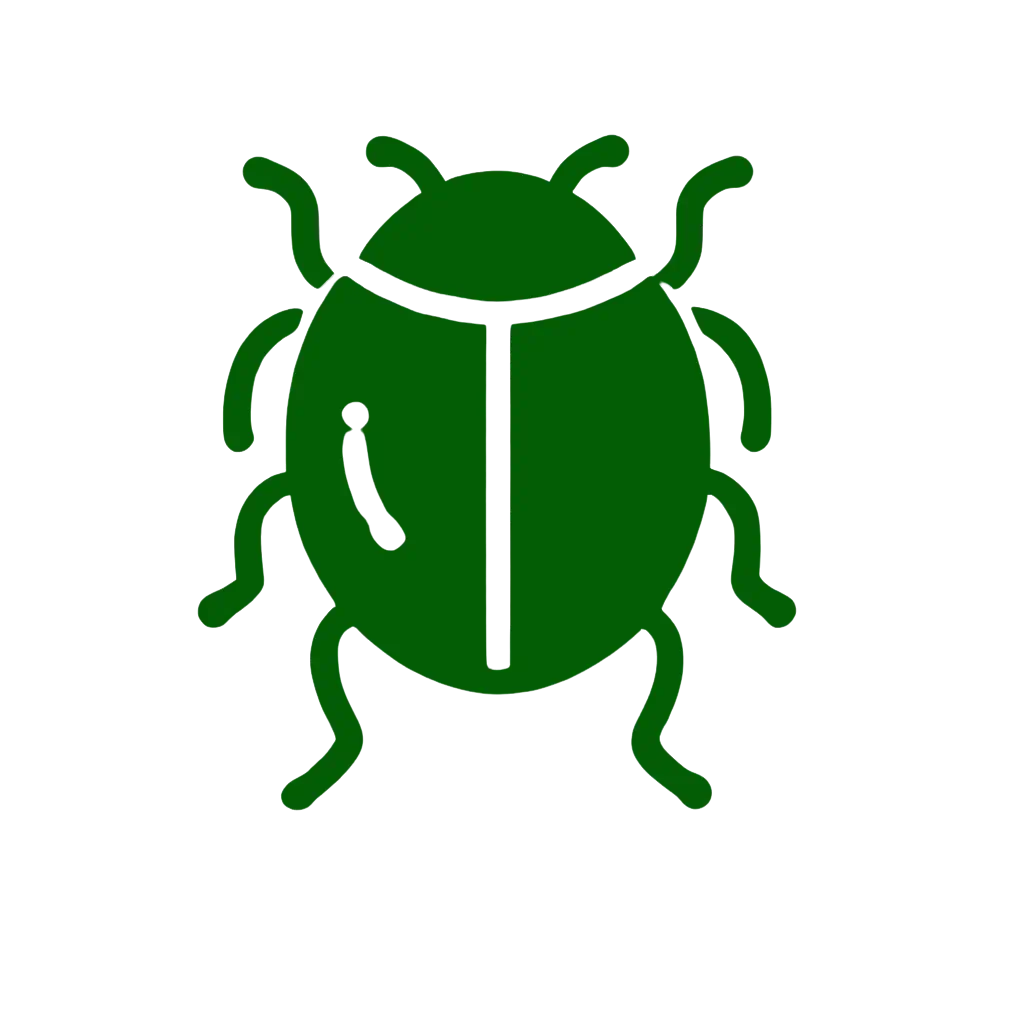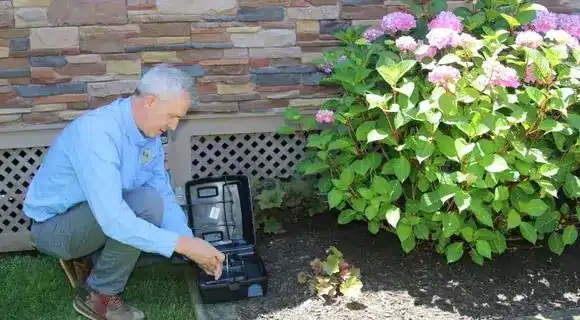







Pricing starting at just $39/month


























Yes! We understand that pest problems can be urgent, and we aim to get a licensed technician to your home within one business day or less. Contact us for availability.
Yes, you are never locked into a binding contract. If you need to cancel, simply provide us with 30 days' notice, and we will process your request without any hassle.
We’ve removed 9 of the harshest chemicals commonly used in the industry and replaced them with better alternatives that we are comfortable using in our own homes every day. Our in-house research team constantly reviews new studies and regulations to ensure we’re providing a service that respects your home and the environment while still being highly effective. We also offer free unlimited callbacks—if your problem persists, we’ll keep coming back at no extra charge until it's resolved.
We cover a wide range of common household pests, including: American roaches, ants, box elder bugs, brown banded roaches, camel crickets, centipedes, cigarette beetles, clover mites, drugstore beetles, spiders, springtails, earwigs, field crickets, fire brats, fleas, German roaches, ground beetles, Indian meal moths, ladybugs, stink bugs, termites, mice, millipedes, oriental roaches, pill bugs, rats, rice weevils, silverfish, smokeybrown roaches, sow bugs, ticks, wasps, mosquitoes, carpenter ants, carpenter bees, hornets, yellow jackets.
We do not treat for bed bugs, wildlife issues, snakes, birds, squirrels, drain flies, fruit flies, raccoons, gophers, voles, possums, skunks, chipmunks, foxes, or bats.
We accept both credit cards and checks for payment.
Yes! If you choose to pay for the entire year upfront, you will receive a 5% discount.
Yes, we do. However, determining whether a one-time treatment will be effective for your specific issue depends on several factors, including the severity of the problem. We recommend contacting one of our expert licensed technicians to assess the situation and provide the best solution.
We primarily focus on residential services, but we may be able to help depending on the type of property and industry. Contact our team with details about your commercial pest control needs, and we’ll let you know if we can assist.
Our approach to ant control involves a combination of interior and exterior treatments. Inside, we apply non-repellent crack and crevice treatments that allow ants to spread the material throughout the colony. Outside, we establish a perimeter barrier to stop new ants from entering your home. Most ant treatments require quarterly maintenance, as the effectiveness of materials diminishes after 90 days.
Spider control starts with identifying the areas they are most active. We apply targeted exterior treatments to windows, doorways, and corners, where spiders tend to gather. Interior treatments focus on hot spots rather than broad applications, as large-scale spraying is ineffective. We also remove accessible webs and provide ongoing quarterly services to maintain control.
We use industry-leading solutions like Sentricon, which eliminates termite colonies at the source and prevents new ones from forming. Our approach is focused on long-term protection rather than temporary spot treatments.
Rodent control includes sealing entry points, setting bait stations, and reducing conducive conditions. We take a proactive approach to ensure the problem doesn’t return, and our program includes free callbacks to address any lingering activity.
Yes! If you have an active plan with us and experience pest issues, we will continue to provide service at no additional cost until the issue is fully resolved.
All materials we use are EPA-approved and are ones we are comfortable applying in our own homes. Additionally, we’ve removed 9 of the most aggressive chemicals commonly used in the industry and replaced them with lower-impact alternatives like Essentria, Alpine, Sentricon, and borate-based solutions.
Not necessarily. Many of our treatments focus on the exterior of the home, and if inside service is needed, we can coordinate a time that works for you. After every visit, we send you an email detailing what was done so you’re always informed.
It depends on the pest. Some issues, like ants or roaches, show improvement within days, while others, like termites or rodent infestations, may take a few weeks for full control. If you're not seeing results, we provide unlimited follow-ups to ensure your problem is resolved.
Each visit targets the pests that are most active during that season. For example, in spring and summer, we focus on ants, mosquitoes, and wasps, while fall and winter treatments emphasize rodents and overwintering pests like stink bugs. This approach ensures year-round protection for your home.
For most general pest treatments, no special preparation is needed. If you are dealing with roaches, we may ask you to remove items from kitchen cabinets. For rodents, we recommend keeping food sources sealed and areas under sinks free of clutter.
Our standard pest control plans include quarterly treatments. However, if you experience any issues between scheduled visits, we offer free unlimited callbacks to address the problem at no extra charge.
Seeing one pest could mean more are hiding. Many pests, like ants, roaches, and rodents, stay hidden until populations grow large. A professional inspection can determine if there is an underlying problem that needs to be addressed.
Not at all. Our treatments are designed to be minimally invasive, and in most cases, you can go about your day as usual. We ask that you allow the products to dry before walking on treated surfaces, which typically takes 1-2 hours.
If you move within our service area, we can transfer your plan to your new home. If you move outside our coverage area, we can cancel your service with 30 days’ notice.
Better Termite & Pest Control has been family-owned and operated since 1968. We are now in our third generation of the Schulz family running the business and have serviced over 100,000 homes in the DC Metro area.
We offer a small, local feel with a research-backed approach to pest control. Our team has over 300 years of combined experience, and unlike large companies, you won’t have to deal with automated phone trees or outsourced customer service. When you call us, you speak directly to a licensed technician who can give you real answers.


